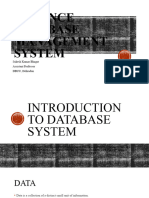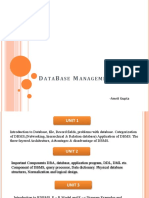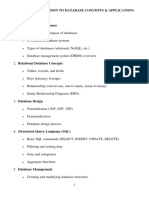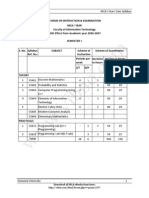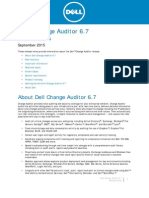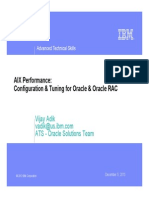0% found this document useful (0 votes)
20 views13 pagesUnit I
The document provides an overview of database systems, including their purpose, benefits, and various types such as relational, NoSQL, and cloud databases. It discusses the evolution of databases from the 1950s to the 2000s, highlighting key components like DBMS, tables, and data integrity. Additionally, it contrasts database management systems with file processing systems, emphasizing features like data redundancy control and concurrent access.
Uploaded by
asmitateke03Copyright
© © All Rights Reserved
We take content rights seriously. If you suspect this is your content, claim it here.
Available Formats
Download as DOCX, PDF, TXT or read online on Scribd
0% found this document useful (0 votes)
20 views13 pagesUnit I
The document provides an overview of database systems, including their purpose, benefits, and various types such as relational, NoSQL, and cloud databases. It discusses the evolution of databases from the 1950s to the 2000s, highlighting key components like DBMS, tables, and data integrity. Additionally, it contrasts database management systems with file processing systems, emphasizing features like data redundancy control and concurrent access.
Uploaded by
asmitateke03Copyright
© © All Rights Reserved
We take content rights seriously. If you suspect this is your content, claim it here.
Available Formats
Download as DOCX, PDF, TXT or read online on Scribd
/ 13
